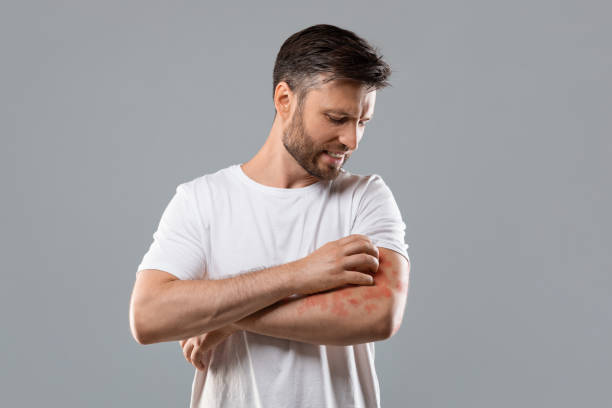Microplastics, those minuscule pieces of plastic less than 5mm in size, have garnered increasing attention in recent years due to their pervasive presence in the environment and potential threats to ecosystems and human health. While the detrimental effects of microplastics, such as plastic bags and bottles, are more visible and well-documented, the impact of microplastics remains a subject of ongoing research and debate. One significant challenge in studying their effects is the lack of a true control group in experimental settings.
Microplastics originate from a variety of sources, including the breakdown of larger plastic items, microbeads in personal care products, and synthetic fibers shed from textiles during washing. Once released into the environment, they can persist for hundreds to thousands of years, accumulating in soil, water bodies, and even the air we breathe. Their small size and ubiquity make them difficult to detect and remove, posing a unique challenge to scientists and environmentalists alike.
To understand the impact of microplastics on organisms and ecosystems, researchers conduct experiments exposing organisms to varying concentrations of these particles under controlled laboratory conditions. However, the absence of a true control group—organisms free from any exposure to microplastics—complicates the interpretation of results. It limits our ability to draw definitive conclusions about their effects.
In a traditional experimental setup, scientists compare the responses of organisms exposed to different concentrations of microplastics to assess their toxicity and potential ecological consequences. While these studies provide valuable insights into the effects of microplastic exposure, they inherently lack a baseline for comparison—the response of organisms in the absence of any exposure to microplastics. Without a control group, it becomes challenging to discern whether observed changes are attributable to microplastic exposure or other factors.
Moreover, microplastics are so pervasive in the environment that finding pristine control groups is nearly impossible. Even remote and supposedly new ecosystems often show signs of microplastic contamination, highlighting the widespread nature of this issue. Consequently, researchers are forced to rely on experimental designs that involve comparing organisms exposed to different levels of microplastics rather than including a true control group.
The absence of a control group introduces several uncertainties and limitations in the interpretation of study findings. Firstly, without a baseline reference, it is difficult to determine the magnitude of the impact of microplastics on organisms. While researchers may observe changes in behavior, physiology, or reproductive success in organisms exposed to microplastics, they cannot definitively attribute these effects solely to microplastic exposure without a control group showing that these changes are not occurring naturally.
Secondly, the lack of a control group complicates efforts to establish cause-and-effect relationships between microplastic exposure and observed effects. While correlations between microplastic presence and adverse outcomes may be identified, establishing causality requires demonstrating that these effects occur specifically as a result of microplastic exposure rather than other confounding factors. Without a control group to rule out alternative explanations, researchers cannot conclusively establish causation.
Additionally, the absence of a control group undermines the validity of risk assessments and regulatory decisions related to microplastics. Risk assessments aim to evaluate the potential harm posed by microplastics to human health and the environment based on available scientific evidence. However, without a control group, the reliability of these assessments may be compromised, leading to uncertainty and potentially inadequate measures to mitigate the risks associated with microplastic pollution.
Despite these challenges, scientists continue to explore innovative approaches to studying the impact of microplastics and developing strategies to mitigate their effects. Advanced analytical techniques, such as spectroscopy and microscopy, enable researchers to detect and characterize microplastics in environmental samples with greater precision and accuracy. Furthermore, interdisciplinary collaborations between scientists, policymakers, and industry stakeholders are essential for developing comprehensive strategies to address the issue of microplastic pollution.
The impact of microplastics on ecosystems and human health remains a pressing concern, yet studying their effects is complicated by the lack of a true control group in experimental settings. The pervasive nature of microplastic pollution makes it challenging to find pristine environments free from contamination, further complicating efforts to establish baseline conditions for comparison. While researchers continue to investigate the effects of microplastics using innovative approaches, addressing this issue requires coordinated efforts at the global, national, and local levels to reduce plastic consumption, improve waste management practices, and develop sustainable alternatives to plastic products. Only through collaborative action can we hope to mitigate the adverse effects of microplastics and safeguard the health of our planet and future generations.

